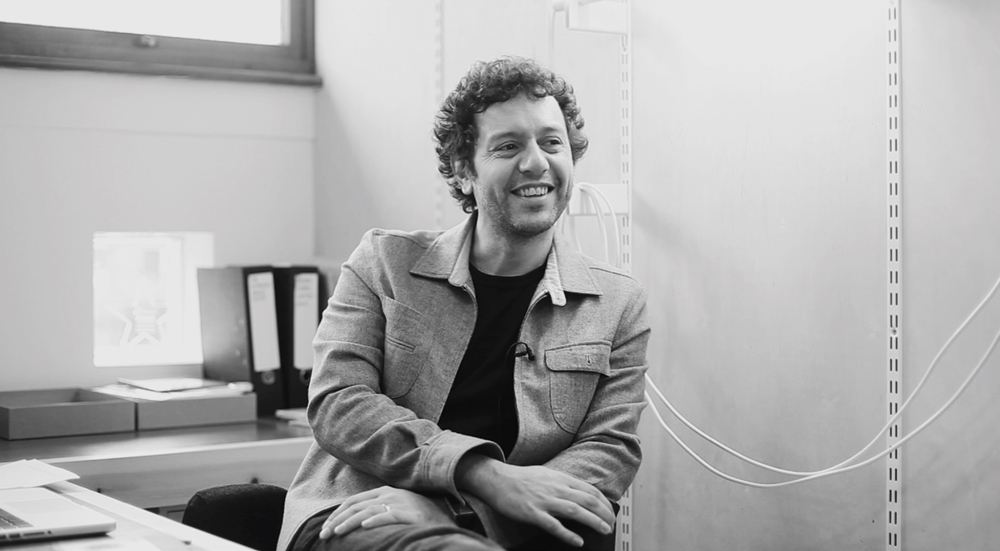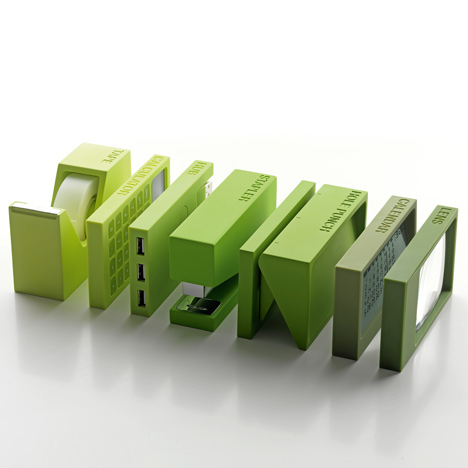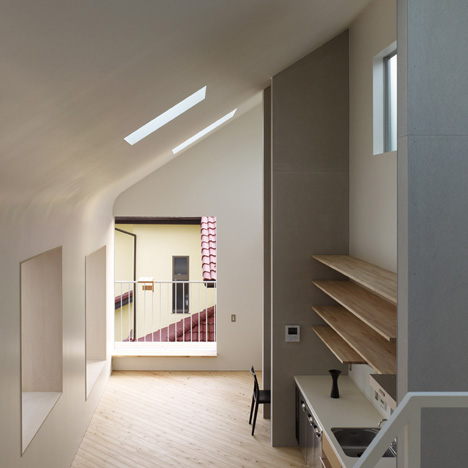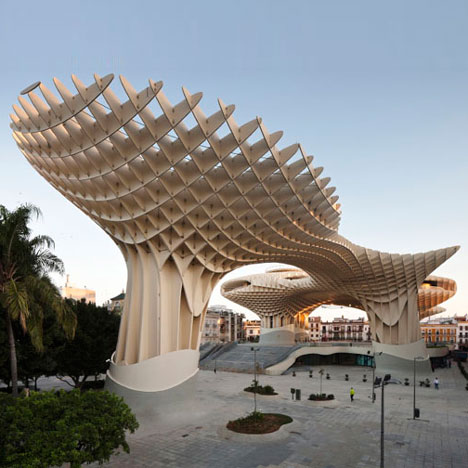Marcus Fairs - Dezeen

“We’ve reached a point now when the media has effectively consumed design.”
It’s a controversial statement maybe, but as the founder and editor of Dezeen.com, one of the world’s first and most successful online design and architecture blogs, Marcus Fairs is not a man to worry much about causing a little disruption. In the company’s simple, sunny offices in East London, surrounded by awards and trophies and a small and upbeat team, he is pondering how things have changed over the last 15 years since he graduated from his furniture design degree.
“You could see designers and architects as content providers for the media today,” Fairs continues. Arguing that the shelf-life for ideas is limited, he suggests that we shouldn’t necessarily assume design will be relevant forever. “It’s become a dominant cultural force - where it used to be a means of harnessing industry to provide goods, now it’s all about what is the latest ‘ism’. Isn’t it a bit arrogant to assume there should be an ‘ism’? Why should it have a right to continue forever? You could look at the fall of design as an ‘ism’ in itself. I think the media is the interesting dynamic force at the moment.”
Now it's all about what is the latest 'ism'. Isn't it a bit arrogant to assume there should be an ism? Maybe you could look at

Fairs, needless to say, made the decision early on that he was not a designer himself. Instead he fell into writing and spent a decade working for several titles before landing a job as launch editor of icon magazine. It would be a vehicle through which Fairs would not only raise the standards of design publishing but also make a considerable reputation for himself as a critic. Three years into the job, for reasons perhaps too boring to dwell on, Fairs was fired. All eyes in the industry were on him, and he made his next move fast: he set up a blog. At a time when many remained largely unconvinced by the possibilities of online journalism, it was an unexpected move. But he had seen a gap. “I was conscious that the internet was becoming a very important resource for journalists - and was surprised there was nowhere you could go to for reliable, consistent information. Blogs had just started back in 2006, but they weren’t very professionalized. But the speed at which you could get ideas out was just breathtaking to me as a journalist.”

Fairs came up with a name (Dezeen, for anyone who’s not spotted it yet, is a corruption of ‘Design’ and ‘Magazine’), got a friend to set up a Wordpress template, and put up his first story the next day. Five years later, and while the web is full of design blogs, Dezeen has maintained an edge largely by virtue of being among the first. For all his outspoken reputation, Fairs doesn’t see himself as a critic anymore. Indeed one of the most controversial things about Dezeen, ironically, has been its refusal to pass judgment on its content. “We actually publish press releases,” says Fairs, who explains that while the site has strict standards as to what it will publish, the writing is not dressed up in anyway - it’s about providing an information service. “That was like a light going on. A lot of journalists around the world take a press release and they will fillet them, until it doesn’t look like a press release anymore. We just thought, why don’t we just publish the press releases and be honest about it…” From an entrepreneurial standpoint, Fairs is now concerned with how to transform the way architecture and design are experienced online. “Media is the way most people experience art and design,” he says again. “And media is changing faster than design itself.


Take architectural photography - the photographer is still setting up in the middle of a field pointing his camera at a building and churning out 2D static images. And this at a time when people are consuming everything else - pop music, the revolution in Egypt - in real-time.” If there is an opportunity here, Fairs is out to find it. Reiterating his point that the media has swallowed up the very idea of design, he posits that design as a genre, and also as a physical object, is disappearing. He uses the iPad as an example, its design so minimal as to be practically non-existent: “Its function is to allow you to get at the more interesting stuff, which is the technology and the media… The day when design was a compelling and vital force for change in the world may well be over.”
Which begs the question - what does that mean for Dezeen? “We are a media brand not a design brand,” he says simply. It seems the disruption has only just started.
http://www.dezeen.com/


